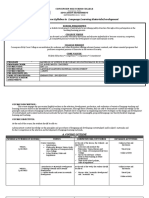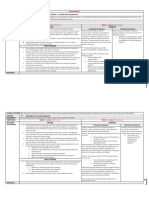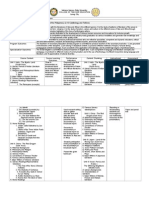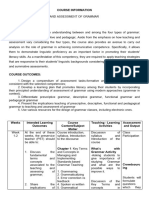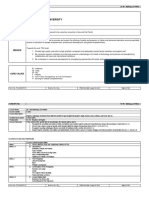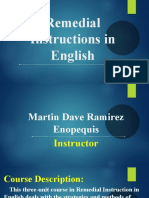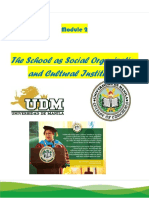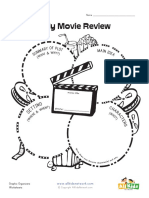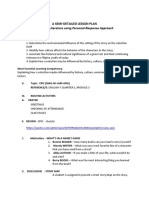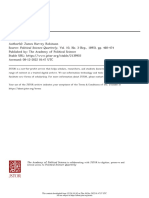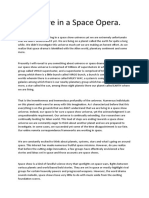100% found this document useful (6 votes)
5K views8 pagesUniversidad de Manila College of Education
This document outlines the course code, title, credit, and description for an English literature teaching course at Universidad de Manila College of Education. It also provides the university, college, and program visions, missions, values, intended learning outcomes, and teaching strategies for the course. The course aims to help pre-service English teachers learn principles, methods, and approaches for translating and adapting various literary texts to develop learners' higher-order thinking skills.
Uploaded by
shara santosCopyright
© © All Rights Reserved
We take content rights seriously. If you suspect this is your content, claim it here.
Available Formats
Download as DOCX, PDF, TXT or read online on Scribd
100% found this document useful (6 votes)
5K views8 pagesUniversidad de Manila College of Education
This document outlines the course code, title, credit, and description for an English literature teaching course at Universidad de Manila College of Education. It also provides the university, college, and program visions, missions, values, intended learning outcomes, and teaching strategies for the course. The course aims to help pre-service English teachers learn principles, methods, and approaches for translating and adapting various literary texts to develop learners' higher-order thinking skills.
Uploaded by
shara santosCopyright
© © All Rights Reserved
We take content rights seriously. If you suspect this is your content, claim it here.
Available Formats
Download as DOCX, PDF, TXT or read online on Scribd
/ 8














